Valentino. Endless Recoding
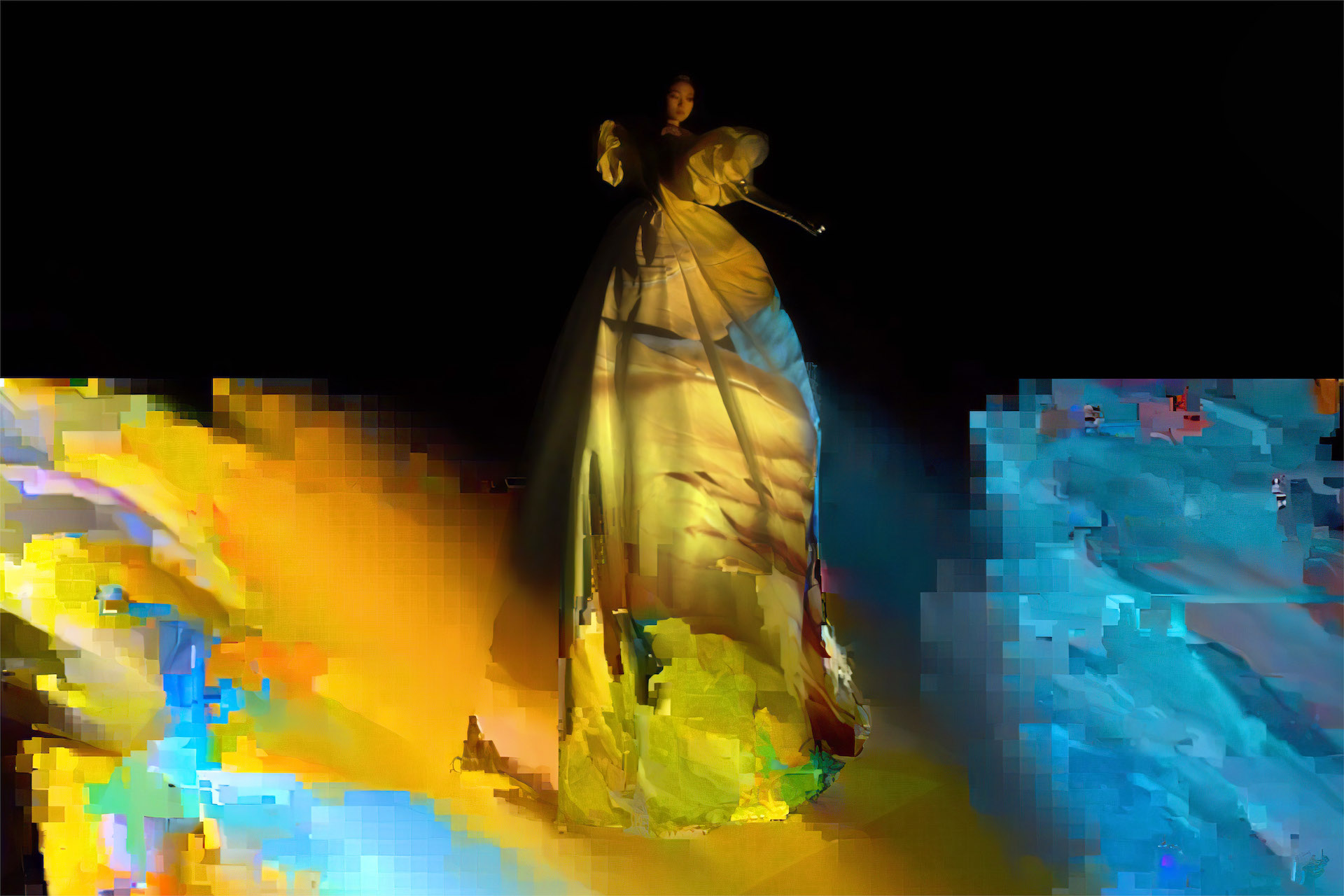 On the occasion of the second experience of the re-signification project of the Maison Valentino in a museum context in Asia, we had the opportunity to interview Jacopo Bedussi who, together with Mariuccia Casadio, curated the show designed by creative director Pierpaolo Piccioli.
On the occasion of the second experience of the re-signification project of the Maison Valentino in a museum context in Asia, we had the opportunity to interview Jacopo Bedussi who, together with Mariuccia Casadio, curated the show designed by creative director Pierpaolo Piccioli.
Simone Rossi: The Valentino Re-Signify project was launched in December 2020, when Pierpaolo Piccioli in collaboration with Mariuccia Casadio and you curated the first multimedia experience at Shanghai’s Power Station of Art. About a year later – through November 7 2021 – Valentino presented the second chapter in Beijing at SKP South’s T-10 exhibition space. What is the relationship behind these two important showcases?
Jacopo Bedussi: They are two chapters of the same project. Two outputs among those endless possibilities of re-signification processes of Valentino’s codes.
More concretely, they are both amplifications, through the artistic language, of some themes of the brand and of Piccioli’s work: couture meant as a way of doing and thinking, the stud, the atelier, the VLogo.
If in the first chapter, also due to the logistical difficulties related to the pandemic, we practically worked only with photo or video works, in the second we also included three-dimensional works.
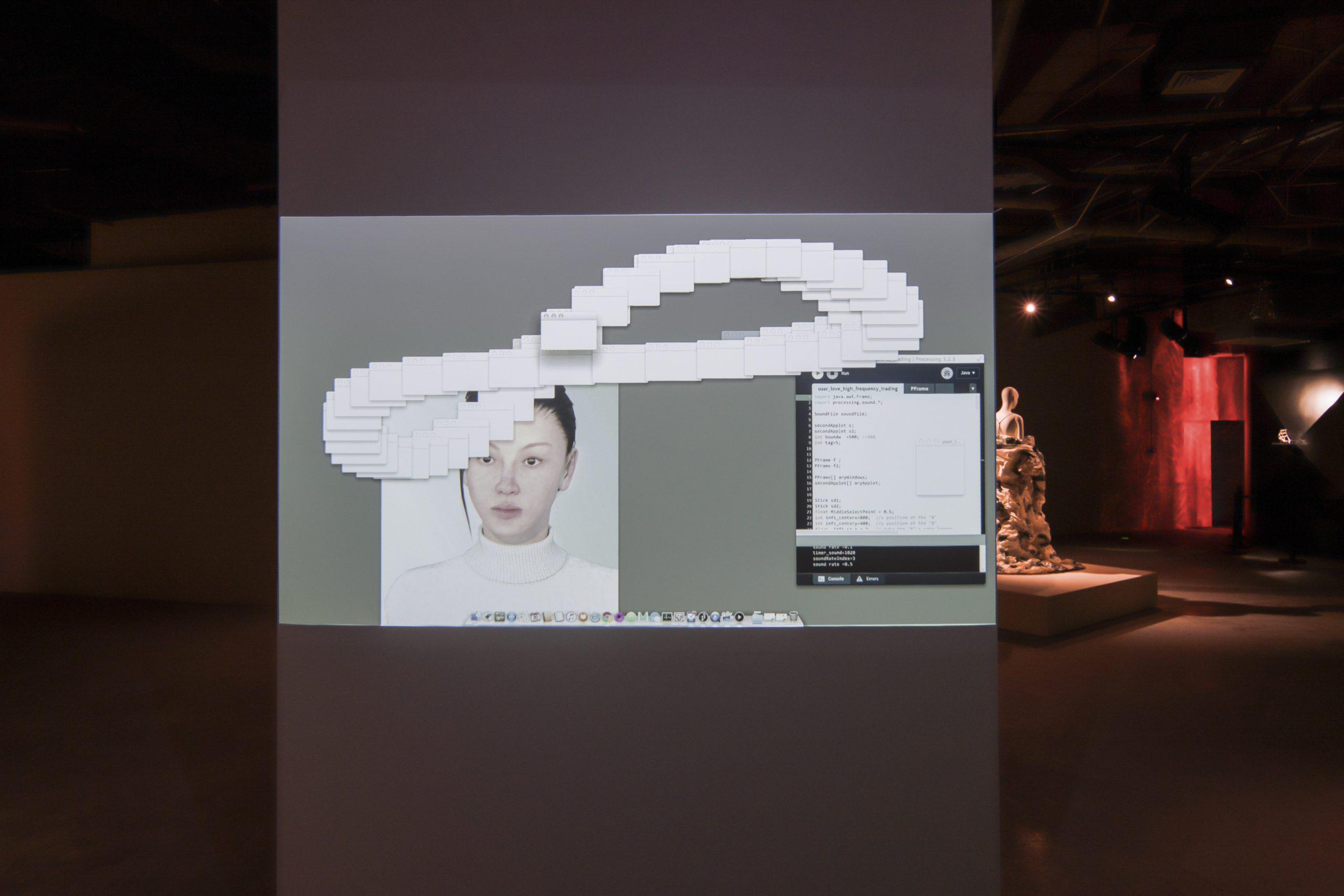 SR: What interaction ties the spaces of SKP South’s T-10 to the works of the artists on display? Why this venue?
SR: What interaction ties the spaces of SKP South’s T-10 to the works of the artists on display? Why this venue?
JB: An important thing that binds together the space and the works in this second chapter is the presence of light, on an entire side of SKP there is a huge window that allows to see and enjoy the artworks in daylight. Starting from this aspect, we investigated and included artists who work with light and reflective surfaces, so that their works were not static through programmed artificial lighting but changed during the day and according to the weather.
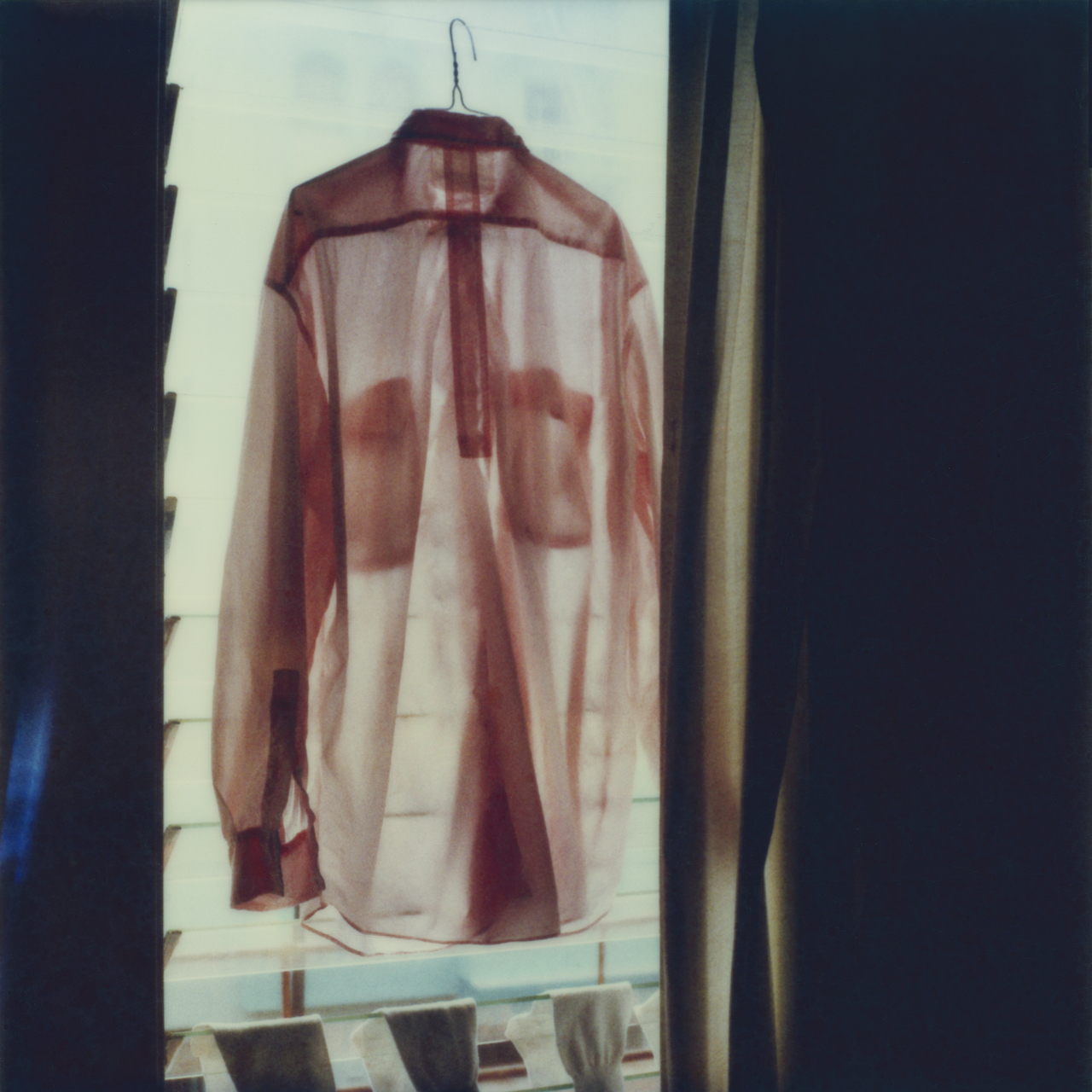 SR: I would like to go deeper into the selection of artists you presented at the show. It seems transversal from many points of view, both from a biographical point of view, presenting works by acclaimed artists such as Cao Fei and Jonas Mekas, or fashion myths such as Nick Knight up to emerging talents such as Wu Rui, and for the diversity of languages and poetics, combining very peculiar aesthetics such as those of Jacopo Benassi and Alessandro Teoldi. What is the motivation behind this choice? What curatorial approach supports the exhibition?
SR: I would like to go deeper into the selection of artists you presented at the show. It seems transversal from many points of view, both from a biographical point of view, presenting works by acclaimed artists such as Cao Fei and Jonas Mekas, or fashion myths such as Nick Knight up to emerging talents such as Wu Rui, and for the diversity of languages and poetics, combining very peculiar aesthetics such as those of Jacopo Benassi and Alessandro Teoldi. What is the motivation behind this choice? What curatorial approach supports the exhibition?
JB: Compared to Piccioli’s work, the choice of artists and artworks is neither slavish nor narrative. But it is essentially evocative and visual, so in this chapter (but also in the first) we have tried to insert a variety of possible outputs into the discourse starting from the same signs. For example, what is a stud? It’s a pyramid, so it’s minimal architecture, it’s metallic, it’s reflective, it’s golden etc etc. From here we have sought artists who focused on these aspects while working, and therefore could offer different interpretative options.
What we have done is tearing apart the code, extracting its fundamental signs, and projecting hypotheses through the work of the artists, from this way of working comes out the variety of artists and works involved.
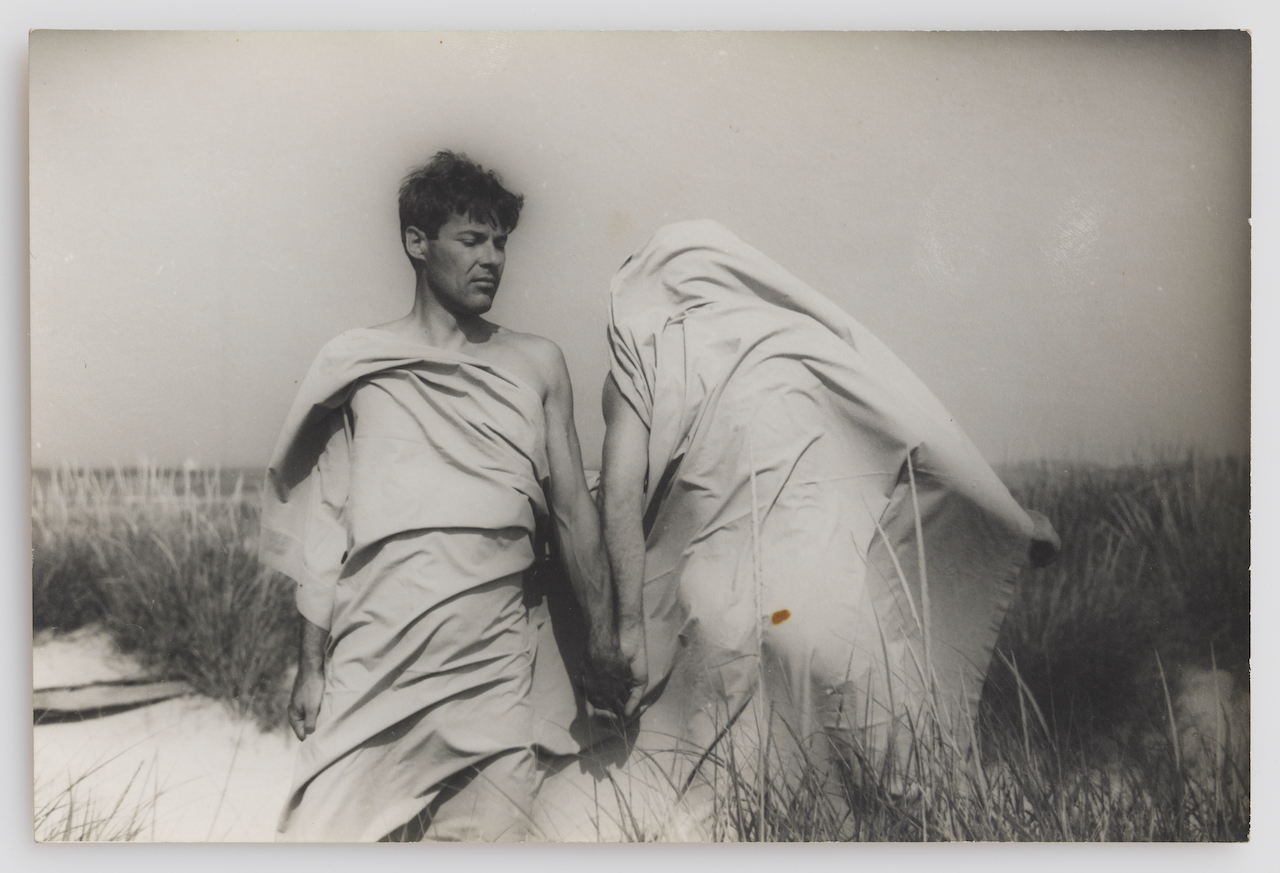 SR: Do you think that this very daily interaction between contemporary art and fashion could soon find new forms of engagement? How could they re-signify together far from museums and catwalks, or within them?
SR: Do you think that this very daily interaction between contemporary art and fashion could soon find new forms of engagement? How could they re-signify together far from museums and catwalks, or within them?
JB: The most interesting thing about this project and Pierpaolo’s approach to the relationship between art and fashion is that in the premises there is always a clear awareness that they are two different languages that respond to different systems. This of course doesn’t mean that they cannot dialogue or reflect on similar issues. These premises, however, avoid that shady territory in which unfortunately fashion has often found itself, expressing a sort of sense of inferiority in relation to art, thus trying to absorb it into its own reference system.
Where fashion is sure of itself and of its own linguistic dignity, instead, there is room for a useful and fertile dialogue.
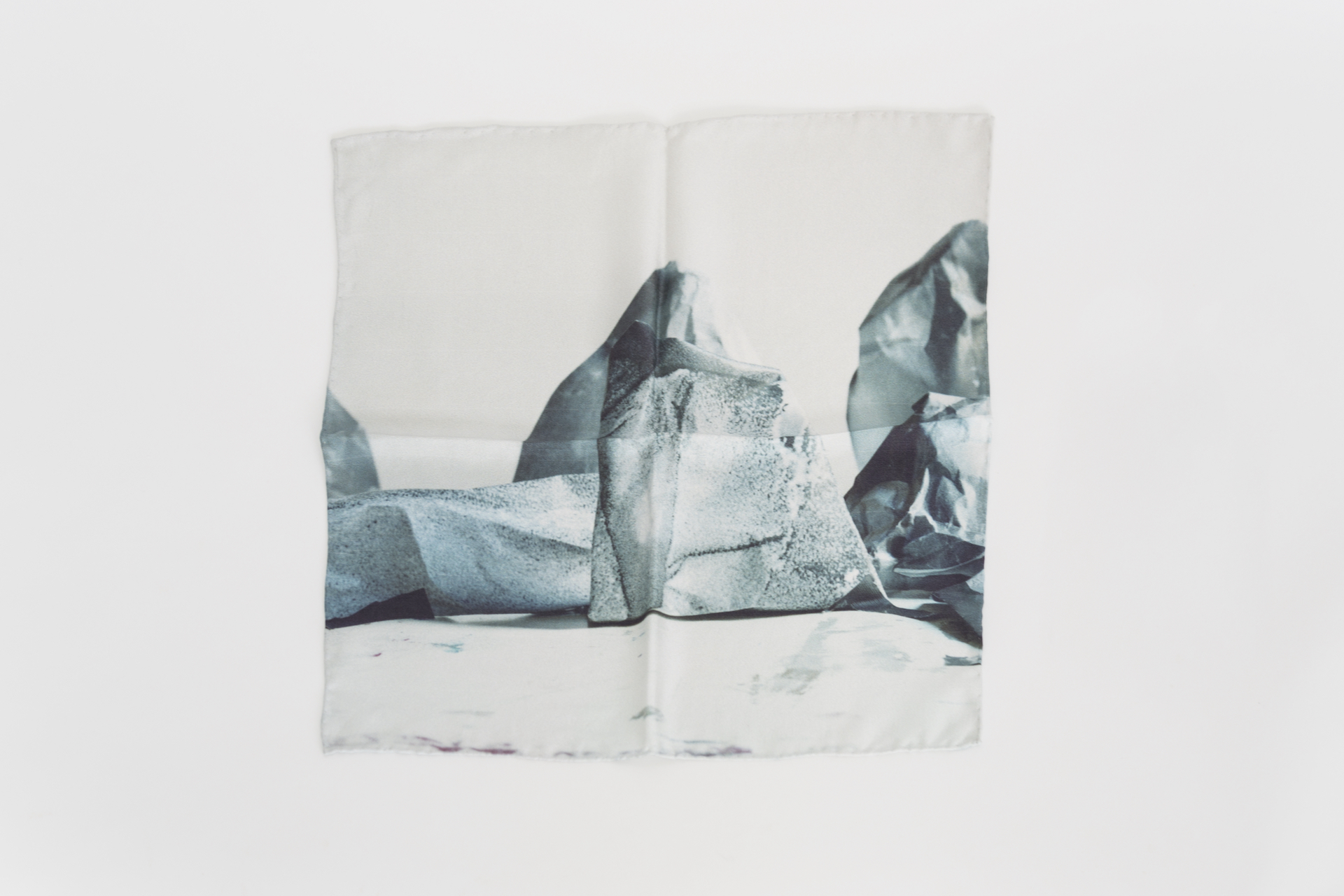 SR: The identity process that the Maison Valentino is undertaking to point to the future seems to have just beginning. Where should we expect to travel to visit the third act, after Shanghai and Beijing? Any further projects on the horizon?
SR: The identity process that the Maison Valentino is undertaking to point to the future seems to have just beginning. Where should we expect to travel to visit the third act, after Shanghai and Beijing? Any further projects on the horizon?
JB: We don’t know yet, we just closed this one! Seriously, these two chapters of Re-Signify are part of a process and a questioning about Valentino as a Maison and as a brand that is broader and that concerns practically all of Pierpaolo Piccioli’s recent work. Therefore, regardless of the forms that this project will take, ‘the greatest design’ continues in an ecosystem of actions that Valentino is carrying out.
